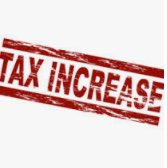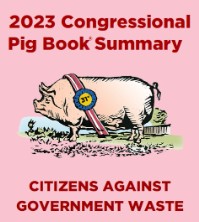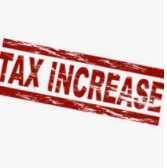
The Day After April 15th: How To Find A Tax Job When Your Firm Downsizes
With wars spreading throughout the world, tax and accounting professionals must build a backup business plan to protect their tax careers from unwanted interruptions. Unless you are not paying attention, (doubtful since tax professionals are highly educated), world events are quickly unfolding that will affect the tax and accounting profession, too. Previous wars are a good indicator of future actions, with generations having lived their lives through the Vietnam War(1969-1973); Persian Gulf War(1993); Afghanistan War( 2001-2014); Iraq War( 2003-2011, we know wars create a fast track to downsizing firms. While the government is funding wars in Ukraine, Russia, Israel with Iran; U.S. taxpayers are increasingly taxed to the max. We know from years of experience that large firms downsize to reduce overhead costs after April 15th . They now call downsizings, a rightsizing which is an oxymoron. A firm rightsizing is the process of restructuring an organization by cutting costs, reducing employees, or reforming upper management. For tax and accounting professionals caught in these rightsizings, it is devastating. However, this time it is different, as we built a safety net to protect tax professionals.
What action should you take now to support and protect your tax career?
A tax career is smart choice, if you manage it properly, and this means taking personal responsibility for marketing yourself. Every firm’s marketing budget focus is on the firms’ name and brand, not your name. What most tax staff do not realize is that the Tax Partners who are knocking it out of the ballpark for their firms are privately investing their own money in marketing themselves. You need not wait to make Tax Partner to realize what really happens. Years ago, a Tax Partner privately confided in me, they would rather get a root canal than go in and ask management at the firm for money to market themselves. They told me the answer would be a hard no! The firm’s marketing budget is spent on a firm’s name, not individual names. This makes good business sense since the turnover rate is 25%-30% in the Big Four. Most do not realize that the Tax Partners who are doing well in large firms invest in marketing themselves out of their own pocket. Once you learn this lesson, you learn to start early in taking personal responsibility to market your tax expertise.





























Recent Comments